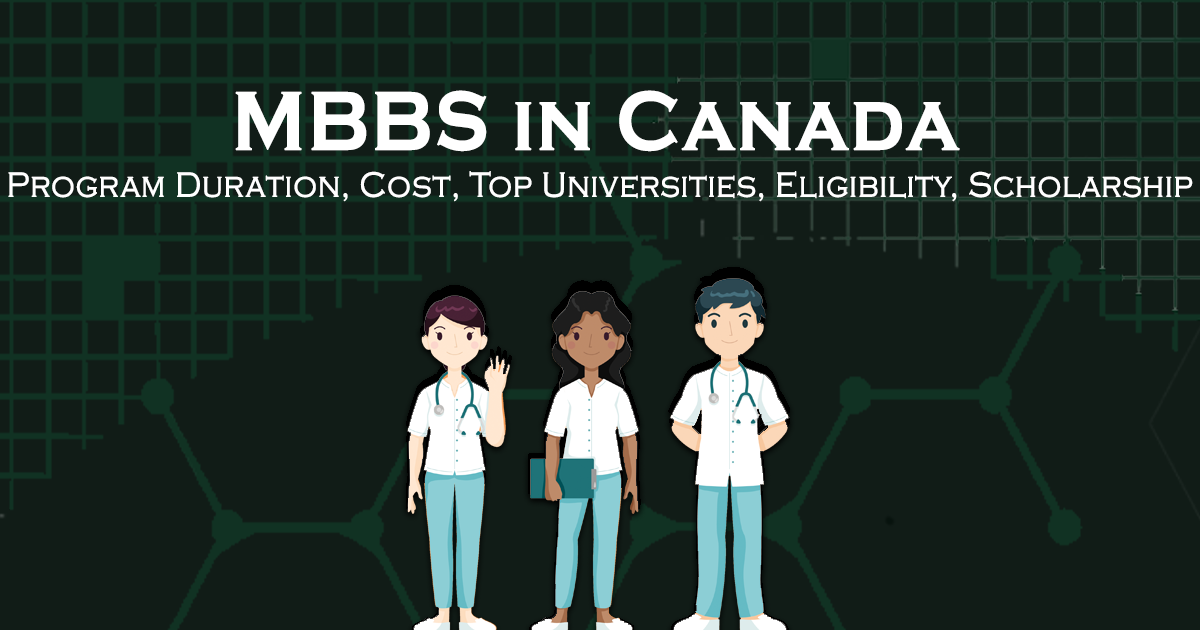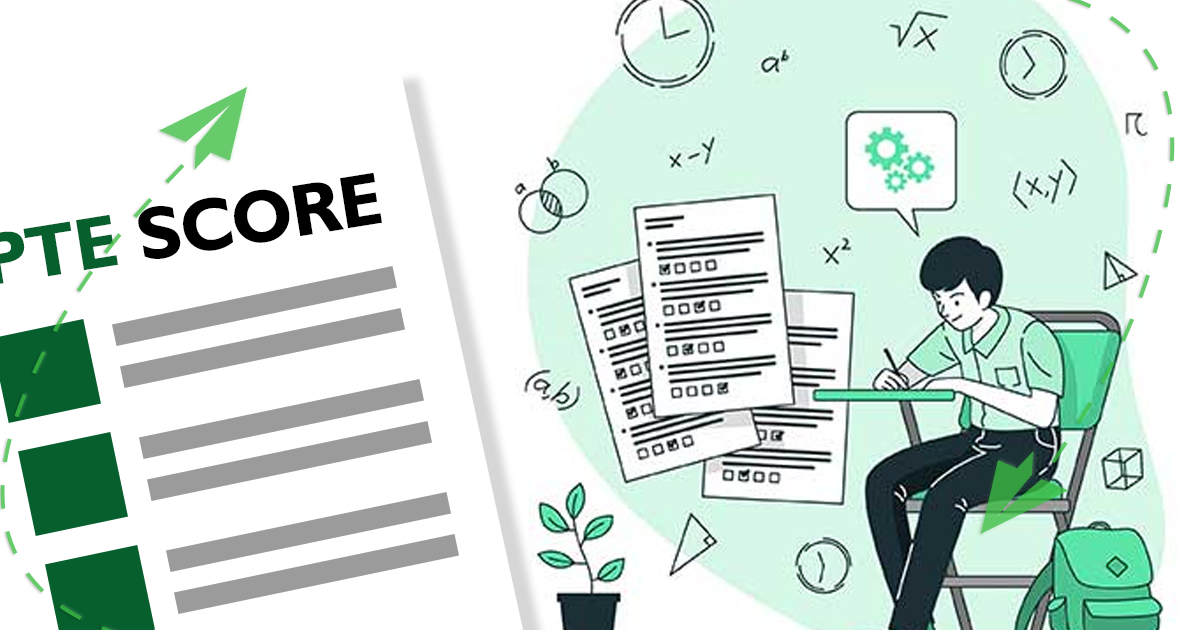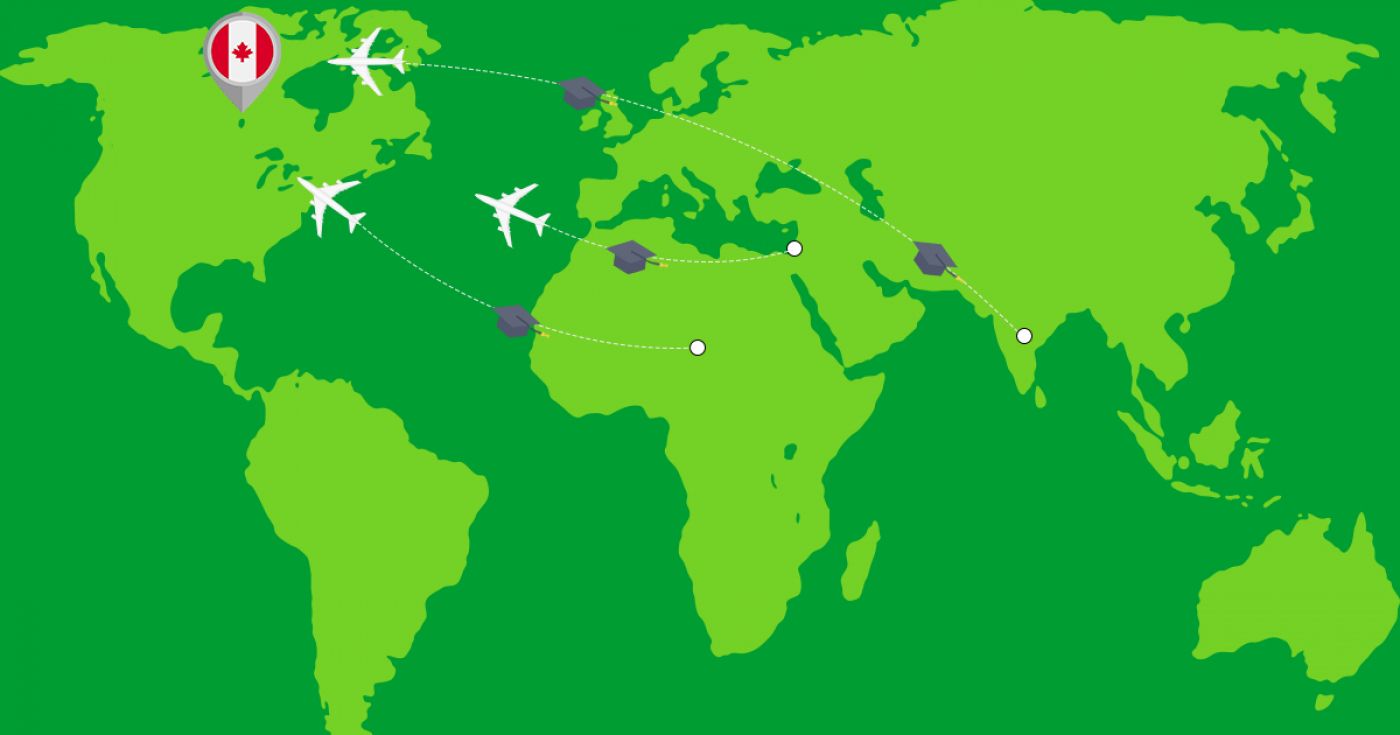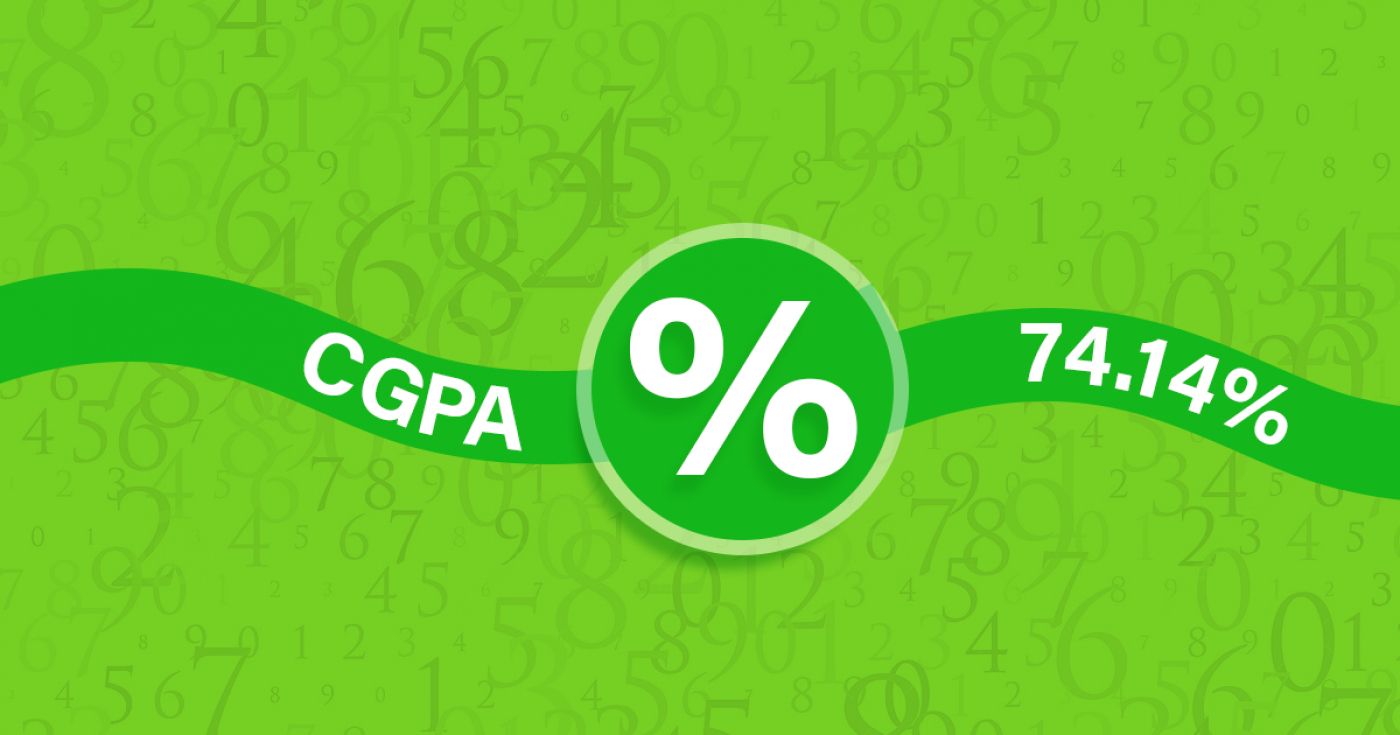Bachelor of Interior Design
at Humber College North Campus Canada
Overview
Humber’s Bachelor of Interior Design degree program balances creativity with sensitive, pragmatic design thinking. Our graduates problem-solve, investigate and explore design environments where people thrive.
Engaging interior design studios enable you to master an evidence-based design process, develop effective presentation abilities and acquire vital professional practice skills. Team collaboration among student groups mirrors industry team practices.
Observational field trips provide opportunities for you to connect classroom theory, such as the perception of space and human interaction, with built environments. In the fourth-year, you will interact with industry mentors to research, develop and document a large scale project from initial concept to construction documentation.
Additionally, a self-directed volunteer project helps connect your passion for design to the community and the design industry. Students have worked with organizations such as the Furniture Bank, Toronto District School Board, youth and women’s shelters, and Habitat for Humanity.
Learning Outcomes
- Upon successful completion of the program, a graduate will:
- Design, document and communicate high quality interior design propositions of varying size, scope and complexity employing principles of evidence-based design methodology.
- Select and employ appropriate visual languages to investigate, analyze, interpret, develop and articulate ideas for two and three-dimensional projects.
- Produce sophisticated design proposals emphasizing three- dimensional quality of space achieved through architectural detailing.
- Integrate sustainable practices in the design process and demonstrate leadership by educating users in these principles.
- Analyze the complexity of forces – economic, political, physiological, sociological and technological – which influence the design of the physical environment.
- Select appropriate methods and materials to achieve the technical functionality and aesthetically pleasing built environment.
- Demonstrate an understanding of the relationship between human behaviour and the built environment and the implications in preparing design solutions.
- Assess the implications for interior design presented by key developments in current and emerging materials, media and technologies and in interdisciplinary approaches to contemporary design practice.
- Employ effective and professional communication skills and techniques to interact, negotiate and undertake collaborative efforts including meaningful discussion of one’s work in an open studio environment, with audiences, clients, markets, end-users and team members.
- Confidently employ appropriate professional accountability, personal and business ethics demonstrating competency of industry practices.
- Employ appropriate conventions of measurement, scale, site measuring, drafting and volumetric manipulation through a variety of manual and digital modeling techniques.
- Design to exceed the minimum standards of applicable laws, codes, regulations, and practices that protect the health, safety and welfare of the public.
- Employ both convergent and divergent thinking in the process of observation, investigation, speculative enquiry, ideation, rationalization and implementation of design solutions.
- Source, navigate, select, retrieve, evaluate, manipulate and manage information from a variety of sources, both primary and secondary.
- Analyze information and experiences in order to articulate an academically structured, sustained and well-supported argument supporting a design issue or creative interior design solution.
Work Placement
You will apply your hands-on, job-ready skills with a 420-hour paid work placement. Career management workshops help you to develop effective job search skills. You will find your own work placement with the support of work placement consultants and faculty.
30
Application Processing Days
Under Graduate
Program Level
Fact & Figures
Full Time On Campus
Study Mode
48
Duration
Humber College North Campus
Location
Bachelor of Interior Design Assistant Fee
$20485
Tuition Fee
$12000
Average Cost of Living
$75
Application Fee
Bachelor of Interior Design Admissions Requirements
- Minimum Level of Education Required: To be accepted into this program, applicants must have Grade 12 / High School Diploma or equivalent including the following required course(s):
- Grade 12 English (ENG4U or equivalent) minimum 65 percent
- Grade 11 or 12 Mathematics (MCR3U, MCF3M, MDM4U, MCB4U, MGA4U, MCV4U or MHF4U or equivalent) minimum 60 percent
- Four Grade 12 U or M courses in addition to those listed above

Get superfast admissions at top Bachelor of Interior Design institutes in 2024
Benefits of choosing
➤Admission’s guaranteed at Top institutes across the world.
➤Enjoy exclusive application fee waiver’s with Edmissions.
➤Unlimited FREE Counselling sessions with Edmission’s
Experts
➤Get Tips from industry veterans to crack the IELTS exam in 1
week.
➤Assistance with scholarships, loans, forex, student accommodation and visa guidance.
Work Permit Canada
Students who wish to work in Canada require a work permit to do so. A student in Canada can work part-time during the course of his studies and full-time during holidays and semester breaks and post the completion of their course/program.
Rules for getting a part-time work visa in Canada
You can also work part-time on campus at your university.
Work Permit
Duration
Your part-time work permit will be valid for as long as you have a valid study permit.
Working Hours
20 Hours/Week
As a full-time student, you can work for a maximum of 20 hours a week. However, you can work full- time during holidays and breaks.
Document Required to Work in Canada
List
To apply for a work permit, you will need a study permit that mentions that you are allowed to work part-time on campus.
Social Insurance Number
Study Permit
You will need a Social Insurance Number (SIN) to Service Canada. if you wish to work in Canada during the course of your studies. To apply for the same, you need a valid study permit, and you should be a full- time student at a recognized university.

You can work part-time off-campus if you are studying in the Quebec province.
Duration of Work Permit Canada
Your part-time work permit will be valid for as long as you have a valid study permit.
Work Hours Canada
As a full-time student, you can work for a maximum of 20 hours a week. However, you can work full- time during holidays and breaks.
Document Required to Work in Canada
To apply for a work permit, you will need a study permit that mentions that you are allowed to work part-time on campus.
Social Insurance Number
You will need a Social Insurance Number (SIN) to Service Canada if you wish to work in Canada during the course of your studies. To apply for the same, you need a valid study permit, and you should be a full- time student at a recognized university.
Working after completing your course
In Canada, you will need a work permit to get a full-time job in Canada after finishing your studies. You chose a work permit like the Post-Graduation Work Permit (PGWP) if you wish to stay back in Canada and work full-time.
Visit Government of Canada Website for more detail
Post-Graduation Work Permit (PGWP)
The Post- Graduation Work Permit (PGWP) allows you to work for three years in Canada if you have completed a two years degree or more.
Application
how can i apply
You can either apply online or download the form and mail the application along with the required documents. Pay your fee and then wait for the decision to come.
Application Documents Required
List
To apply for the work visa, you need a degree from a recognized and accredited Canadian University along with an intention to stay and work in Canada only temporarily.
When to Apply?
One can apply for the full-time work permit in the first three months post the completion of their course during which the study permit is still valid.
How long does it take?
90 days
You will have to wait for 90 days for the decision on your work permit.
Duration
3 Years
The work permit is valid for 3 years if you have completed a two years degree program or more.
Fees
CAD 255
The fee for the work permit is CAD 255 plus the holder fee and the work permit processing fee.
Monthly Wages
CAD 1,600
An applicant is guaranteed a minimum salary of CAD 1,600 per month while working in Canada. This amount though varies on the job and the province you are working in.
Work Hours Canada
No Limit
There is no maximum limit, and you can work for as many hours as you want on the full-time work permit.

Required Documents
List
To apply for the work visa, you will need the following documents:
- Forms: IMM 5710, IMM 5476 and IMM 5475;
- Graduation Proof
- Proof of payment of work permit fees
- Copies of your travel and identification documents, passport pages and current immigration document.
Till a decision is made on your work visa, you can continue to work full time. All you need to have is your completed degree, should have applied for the permit before the expiry of your study permit and you should be allowed to work off-campus.
Information
Disclaimer
The information provided about the work permit is true and complete to the best of our knowledge. All recommendations are made without any guarantee on the part of the author or the publisher. The author and the publisher, therefore, disclaim any liability in connection to and with the use of this information.
Detailed Program and Facts
30
Application Processing Days
Full Time On Campus
Program Intensity
Under Graduate
Program Level
48
Duration
Study Visa
Student Visa For Canada
Any student who wishes to study in Canada requires a student visa. Some of the essential information for the application process is given below.
When Should I Apply?
4 to 6 months
Ideally, one should apply for the study permit at least 4 to 6 months before the commencement of your course/program.
Bank Account
No Need!
There is no need for a blocked bank account to apply for a student visa to Canada.
Duration of visa
Course Duration + 3 Months
The student visa is valid for the entire period of your course plus three months.
Time to Wait for Visa
35 Days
It takes time. It might take up to 35 days post your interview for the application process to complete and for you to finally receive your visa.
Appointment
Required
It varies from applicant to applicant, but one may have to take part in one or two visa appointments, namely a medical examination and a visa interview.
How you can apply
Application Process
An applicant can either apply online or offline by visiting a visa application centre and submitting their documents. After the analysis of your application, you might be called for an interview.
Fee
Visa Fee
The visa application fee for Canada is CAD 150.
Minimum Funds
833 CAD, 917 CAD
You require a minimum monthly amount to be deposited into your account to prove that you can sustain yourself while studying in Canada. If you are studying in Quebec, you need to have a monthly minimum of CAD 917, and if you are studying in a province except for Quebec, you need to have a minimum of CAD 833 per month.
Any other expenses
Required
You will have to pay a medical examination fee and a visa application service fee to the tune of CAD 15 if you visit a visa application centre to apply for your visa.

Medical Examination
Required
One has to undergo a series of medical examinations to be deemed fit for a student visa of Canada. The tests mostly include blood and urine tests, chest x-rays and other organ checkups.
Language Skills
Not Required
one doesn’t need to prove their language skills in applying for a Canadian Visa.
Disclaimer: The information provided about the work permit is true and complete to the best of our knowledge. All recommendations are made without any guarantee on the part of the author or the publisher. The author and the publisher, therefore, disclaim any liability in connection to and with the use of this information.
Other Courses by Humber College North Campus,Canada
Architecture and Construction
Diploma in Building Construction Technician (Co-op Optional)
Humber’s Building Construction Technician diploma program is one of three stackable programs within the Carpentry-Construction group. Along with the Carpentry and Renovation Techniques certificate and the Construction Engineering Technology advanced diploma, the program introduces students to the carpentry trade, gives practical experience with trade regulations and with best practices. Students will be able to move from this diploma program into the advanced diploma program. Additionally, Humber’s Carpentry and Renovation Technician diploma and Industrial Woodworking Technician diploma offer additional pathways and laddering opportunities.
You will learn worksite health and safety practices in accordance with legislation and regulations; and how to review building plans and complete work in compliance with contractual obligations, codes, applicable laws, bylaws, standards and ethical practices. Coursework will include sustainability practices.
You will learn to produce project sketches and documents in accordance with project specifications, assist in the preparation of estimations and to safely operate tools. You will be well-prepared for all building stages - from site layout and footings to the application of interior and exterior finishes.
Optional Co-op
This program offers a co-op option. A co-op work term enables you to apply your skills and knowledge in a work environment and gain valuable, practical experience related to your program of study. You will learn new skills, learn about the world of work and meet people in your profession.
For students who are accepted into the program, one co-op work term will take place between Semesters 2 and 3. There are limited spaces in the co-op option. Therefore, you will apply for the co-op option during Semester 1 and be informed of the process by which to apply. While co-op work opportunities are not guaranteed, as students are in a competitive job placement market, participating students will receive a wide range of services to help them find a co-op opportunity.
24 month
Duration
$ 16394
Tuition
Public Safety and Legal Studies
Diploma in Law Clerk
Humber’s Law Clerk diploma program provides in-depth training delivered by experienced professionals. Learn from practising lawyers and law clerks who will give you the inside scoop on the current trends and opportunities in the field. As a law clerk, working under the direct supervision of a lawyer, you will be an important part of the team that allows the lawyer to succeed.
Your law clerk education includes courses on contract, tort, real estate, corporate and family law, as well as in litigation, legal research, wills and estates, and more. Your solid knowledge on diverse areas of law, competence in a range of legal and court procedures, and strong written and oral communication skills will make you a valuable team player in the profession.
Work Placement
Students must complete a 120 hour work placement. The unpaid placement is completed during Semester 4. All courses from Semesters 1 to 3 must be completed before enrolling in the field placement in Semester 4. Working with the field placement advisor, students are actively involved in pursuing placement opportunities. In addition, students are expected to market themselves to prospective employers and are free to initiate their own placements.
24 month
Duration
$ 16414
Tuition
Business & Management
Advanced Diploma in Business Administration
Humber’s Business Administration advanced diploma program allows you to develop extensive knowledge on how businesses work and teaches you to become competent in the full range of skills needed to facilitate business operations.
Courses in operations management, accounting, human resources management, marketing research and much more will give you the opportunity to cultivate key business skills such as communication, teamwork, project management and strategic business analysis. This program is built on a common platform of a solid business education – principles of management, marketing, business law, finance mathematics and microeconomics. This common platform is shared with other business diploma programs in year one and is expanded on in year two.
Work Placement
You’ll be assisted in finding a paid or unpaid business work placement where you’ll practise your skills during an 84-hour assignment. This adds valuable hands-on experience to your resumé. Close relationships with the business professionals who constantly update the curriculum will give you valuable networking contacts.
36 month
Duration
$ 16394
Tuition
Creative Arts & Design
Advanced Diploma in Animation - 3D
In Humber’s Animation 3D advanced diploma program, you will develop a well-rounded knowledge base and skillset that includes strong art, animation, modelling and visualization abilities. You will be prepared for the ever-expanding 3D art field with a thorough understanding of the latest 3D digital art technologies in a program developed with the input of industry advisors. Learn to work like the pros do — using the same 3D animation software and tools to render creative thoughts into compelling images and fully-realized design.
This program will allow you to develop a blend of the most relevant digital and analog art skills, as well as an understanding of creative and technological processes. A full understanding of art and design theories will help you draw, visualize and apply colour principles to create appealing work. You will also gain a mastery in adhering to a pipeline, as you develop content across courses; and teamwork, as you collaborate with students from other programs to better simulate a studio/production environment.?
The Humber Advantage
- Usability Lab
- The Usability Lab is a new facility for students in the Faculty of Media & Creative Arts at Humber College. This “Live Lab” is a full-fledged usability lab where content creators can capture & assess the interaction between user and design.
- This Usability Lab is specialized, in that it was purposefully built for usability studies to ensure that the environment does not interfere with the testing. Designed with flexibility at its core, it has been equipped with a broad variety of technology, supporting usability testing at many different levels of sophistication.
- What makes this lab unique is the fact that it is mobile. This one-of-a-kind usability lab can be delivered to those who wish to use and evaluate our designs, as well as their own. For our students, they can participate in, and lead experiments that will truly test the designs they have developed, to make sure they work in the manner they have been designed to work.
36 month
Duration
$ 20567
Tuition
Architecture and Construction
Advanced Diploma in Sustainable Energy and Building Technology
Society faces significant population growth challenges while we seek to decarbonize, adapt to climate change and manage resources in a more sustainable manner. Meeting these challenges means buildings, energy systems and infrastructure must evolve – yesterday’s solutions are being replaced by new approaches. Our Sustainability Energy and Building Technology advanced diploma program positions graduates with a portfolio of skills that are in high demand.
Our unique program prepares graduates to examine, model and improve the energy and environmental performance of existing buildings; to support the design, construction and operation of new, sustainable buildings being built to increasingly stringent performance standards; to implement renewable energy technologies; and to support new approaches to understanding and managing energy use and building resilience into campuses, neighbourhoods or whole cities. At one time we paid little attention to the cost, availability or environmental impact of energy use – today, these are issues of growing importance to individuals, business and government.
Learning Outcomes
Upon successful completion of the program, a graduate will:
- Perform a land site assessment to determine potential for renewable energy harvesting, optimum placement of wind, solar and earth energy technologies and building orientation for passive solar gain and protection from the elements.
- Perform an energy needs analysis for residential or small-scale commercial or industrial structures, designated under Section 9 of the Ontario Building Code, and identify building system components that save energy.
- Perform an energy audit on residential, small-scale commercial and industrial buildings, designated under Section 9 of the Ontario Building Code, to determine energy efficiency, problem areas and energy loss and advise on corrective actions.
- Design and propose a grid-tied or off-grid renewable energy system for a residential or small-scale commercial or industrial structure, designated under Section 9 of the Ontario Building Code, based on an energy needs analysis.
- Adhere to legal, regulatory and health and safety codes and guidelines in sustainable energy and building technology practice.
- Estimate the costs and time schedule of implementing a renewable energy/energy efficiency system, including annual running costs and return on investment.
- Assist in land development, regulatory and stakeholder processes regarding the placement of renewable energy/energy efficiency technologies during the planning/approval phase.
- Assist in the selection of heating, cooling, hot water and electrical systems and equipment during the building specification phase in a new structure or retrofit to ensure high energy efficiency.
- Assist in the delivery, handling, installation and testing of renewable energy/energy efficiency technologies during the construction phase
- Prepare a viable business plan for a new energy business venture.
- Assist in the development of sales and marketing strategies for energy products and services.
- Promote an integrated or whole building approach with clients, industry professionals and associations.
Work Placement
- Our program features an optional work placement of 400 hours (minimum). This offers practical experience in the energy efficiency, green building or sustainable energy industry sectors following Semester 4. We work with business, industry and government to identify work placement opportunities.
36 month
Duration
$ 19557
Tuition
Health Sciences, Nursing and Emergency Services
Certificate in Personal Support Worker
Humber’s Personal Support Worker certificate program gives you the skills you need for a career in this in-demand health-care field. Begin a rewarding career helping people in need such as the elderly, the chronically ill and people with physical disabilities.
The program is designed in collaboration with industry, ensuring you are learning current and relevant material. In this program, you will learn:
- The developmental stages across the lifespan, and the communication and interpersonal skills needed for effective client relationships
- The essentials of providing personal care, applying mobility techniques (lifting and transferring clients), and household management and safety
- Key issues of mental health disorders
- Skills in dealing with common medical conditions including facilitating rehabilitation exercises and assisting with medications
Through assisting individuals at a long-term care facility and in other settings, you will learn to recognize the physical and emotional changes of aging and illness, and become familiar with the restorative techniques used to maximize independence.
Work Placement
- Two unpaid work placements take place in Toronto and the Greater Toronto Area (GTA). In Semester 1, the practicum is completed in a controlled lab environment for six hours per week. This practicum is fully supervised by one instructor per group of approximately ten students. In Semester 2, the practicum is completed at a variety of agencies and facilities.
- The Semester 2 practicum is divided into two rotations over the 13 weeks: 160 hours in a long-term care facility and 120 hours in a community agency. Hours and number of days per week vary depending on the type of facility and shifts assigned; most range from seven to eight hours per day or evening. Students begin placement in the first week of January.
- Placements give you valuable first-hand experience which will serve you well when beginning your career.
12 month
Duration
$ 16414
Tuition
Engineering & Technology
Certificate in Electrical Techniques
Humber’s Electrical Techniques certificate program is designed to introduce you to the fundamental elements of the trade. We aim to facilitate your employment by giving you practical experience with trade regulations and practices. Throughout your program, you will get a solid understanding of the various technical elements of the electrical trade. There will be a significant practical component to the program. Our graduates find a range of employment opportunities with electrical apprenticeship programs, power generation, green energy and automation.
12 month
Duration
$ 16414
Tuition
Engineering & Technology
Bachelor of Engineering (Honours) in Mechatronics
Humber’s Bachelor of Engineering program begins with a common platform of first year courses which provide foundational engineering knowledge and skills. Following the first year, the curriculum branches into three different discipline areas: Information Systems Engineering, Mechatronics, and The Built Environment.
The Bachelor of Engineering – Mechatronics discipline gives you hands-on experience with industry-standard advanced technology. You can choose from focused study in either robotics or embedded systems. During the course of the program, students will solve real industry and community problems and gain knowledge and skills in mechanical, electrical, electronics and computer engineering. Students use emerging and cutting edge technologies in robotics, control, electronics, Programmable Logic Controllers (PLC), motors, mechanical components, digital and analog circuits, Artificial Intelligence (AI), Virtual Reality (VR), machine learning, modelling, simulation, embedded systems, and advanced manufacturing. Each of these themes provides theoretical knowledge alongside hands-on training to complement a systems-thinking approch to solving real world problems.
In addition, this program provides an opportunity to work on industry-led projects through multidisciplinary capstone projects as well as applied research opportunities. Through these experiences, students apply the theoretical knowledge gained during their education to solve real industry problems, while improving their professional skills such as teamwork, communication, collaboration and problem-solving.
This program is also offered at Sault College in Sault Ste. Marie, Ontario. Students in the program will collaborate on activities using technology that will involve simultaneous learning at both colleges.
Work Placement
A co-op work program (three consecutive work terms, 420 hour each) ensures that work-integrated learning experiences are woven into the curriculum. This provides students with a contextual understanding of the industry and specific sectors they are training for, as well as recognition of the importance of hands-on experience.
48 month
Duration
$ 19557
Tuition
Engineering & Technology
Diploma in Electrical Engineering Technician Control Systems
Humber’s Electrical Engineering Technician – Control Systems diploma program focuses on three major concentrations in electrical engineering:
- Power industry
- Process instrumentation
- Programmable logic controllers (PLCs).
Our courses are designed in collaboration with an industry advisory panel, ensuring you learn current and relevant material. The program blends classroom theory with laboratory work on subjects such as electric devices and circuits, digital and programming fundamentals, power generation and distribution, electrical computer-aided design and drafting (CADD), electrical code, programmable logic controllers (PLCs), and technical communications.
Complex and challenging assignments prepare you for the realities of a control systems and electrical engineering career. Jump-start your career in the power industry, process instrumentation field as a control specialist or working with programmable logic controllers (PLCs). Our graduates can find work as technicians – designing, maintaining, servicing or selling automated industrial, electrical machines, electrical control, power and process instrumentation systems and equipment. Some employers of our graduates include ABB Inc., Aztec Electrical Supply, Canada Bread, City of Brampton, Street Lighting Department, Eastern Power Limited, Enersource Hydro Mississauga, Siemens Building Technologies Inc., Toronto Transit Commission (TTC), Hydro One and Ontario Power Generation.
24 month
Duration
$ 17608
Tuition
Business & Management
Diploma in Business Management
Learn about the inner workings of Canada’s dynamic business scene and develop the critical expertise to ignite your career within it. Humber’s Business Management diploma program gets down to business with a practical, skills-based approach that teaches you everything you need to know to achieve your goals and make a difference in organizations. Our curriculum gets you up to speed on the essential aspects of business including marketing, e-commerce, accounting, business writing and communications. Through individual and group assignments in courses taught by experienced professionals and entrepreneurs, you’ll build your business management knowledge and gain first-hand insights into current business practices, trends and opportunities.
In the first year, you will be introduced to an overview of fundamental business disciplines including the mathematics of finance, PC essentials, marketing, microeconomics, business law, services marketing and the principles of management. In the second year, the focus includes business computer applications, accounting, e-commerce, human resources administration, operations management, business finance, leadership and entrepreneurship.
Work Placement
In Semester 4, you will be assisted in finding a paid or unpaid business work placement, where you will practice your skills during an 84-hour assignment. This adds valuable hands-on experience to your resumé and provides excellent networking opportunities.
24 month
Duration
$ 16394
Tuition
View All Courses by Humber College North Campus, Canada
Top Study Abroad Exams
Popular Universities to Study Abroad
- University of Waterloo
Waterloo
- University Canada West
Vancouver
- University of Windsor
Windsor
- Cape Breton University
Sydney
- Dalhusie University
Halifax
- Carleton University
Ottawa
- University of Ottawa
Ottawa
- University of Guelph
Guelph
- Explore more colleges in Canada
- University of New Haven
West Haven
- Kent State University
Kent
- Wright State University
Dayon
- San Jose State University
West Haven
- Clark University
Worcester
- Rowan University
Glassboro
- Golden Gate University
San Francisco
- Arkansas
San Francisco
- Explore more colleges in USA
- Coventry University
Coventry
- University of Birminghame
Birminghame
- De Montfort University
Leicester
- Cardiff University
Cardiff
- BPP University
London
- University of West London
London
- University of Nottingham
Nottingham
- University of Warwick
Coventry
- Explore more colleges in UK
- Auckland Institute Of Studies
Auckland
- Massey University - Auckland Campus
Albany
- Eastern Institute of Technology - Auckland Campus
Auckland
- NorthTec - Auckland Campus
Auckland
- Massey University - Manawatu Campus
Palmerston North
- University of West London
London
- Wellington Institute of Technology (WelTec) - Petone Campus
Lower Hutt
- Otago Polytechnic - Dunedin Campus
Dunedin
- Explore more colleges in New Zealand
- Chandigarh University
Mohali
- Parul University
Vadodara
- Sharda University
Greater Noida
- Jain University
Bangalore
- Bennett University
Greater Noida
- Lovely Professional University
Phagwara
- Chitkara University
Rajpura
- Brainware University
Kolkata
- Explore more colleges in India
- Abu Dhabi University
Abu Dhabi
- Gulf Medical University
Ajman
- New York University
Abu Dhabi
- Emirates Aviation University
Dubai
- Higher Colleges of Technology
Dubai
- British University in Dubai
Dubai
- Al Ghurair University
Dubai
- American University in the Emirates
Dubai
- Rochester Institute Of Technology Dubai
Dubai
- Emirates Academy of Hospitality Management
Dubai
- American University of Ras Al Khaimah
Ras Al Khaimah
- Explore more colleges in UAE
- Ras Al Khaimah Medical and Health Sciences University
Ras Al Khaimah
Explore Colleges and Courses in Canada
- Arts & Humanities in canada
- Business & Management in canada
- Natural Sciences & Mathematics in canada
- Engineering & Technology in canada
- Computer Science & IT in canada
- Health Sciences, Nursing and Emergency Services in canada
- Social Sciences in canada
- Creative Arts & Design in canada
- Hospitality, Tourism, Wellness Leisure & Sports in canada
- Environmental Studies & Earth Sciences in canada
Latest Blog Posts
Trending Blog Posts
Search, Shortlist, Apply and get accepted! It’s that Simple to pursue your dream to Study abroad with Edmissions. Our team of experts provide you the right guidance that helps you to take admission in your dream college in countries like Canada, the USA, the UK
© 2021-2024 Edmissions - All rights reserved.
TALK TO OUR EXPERTS











